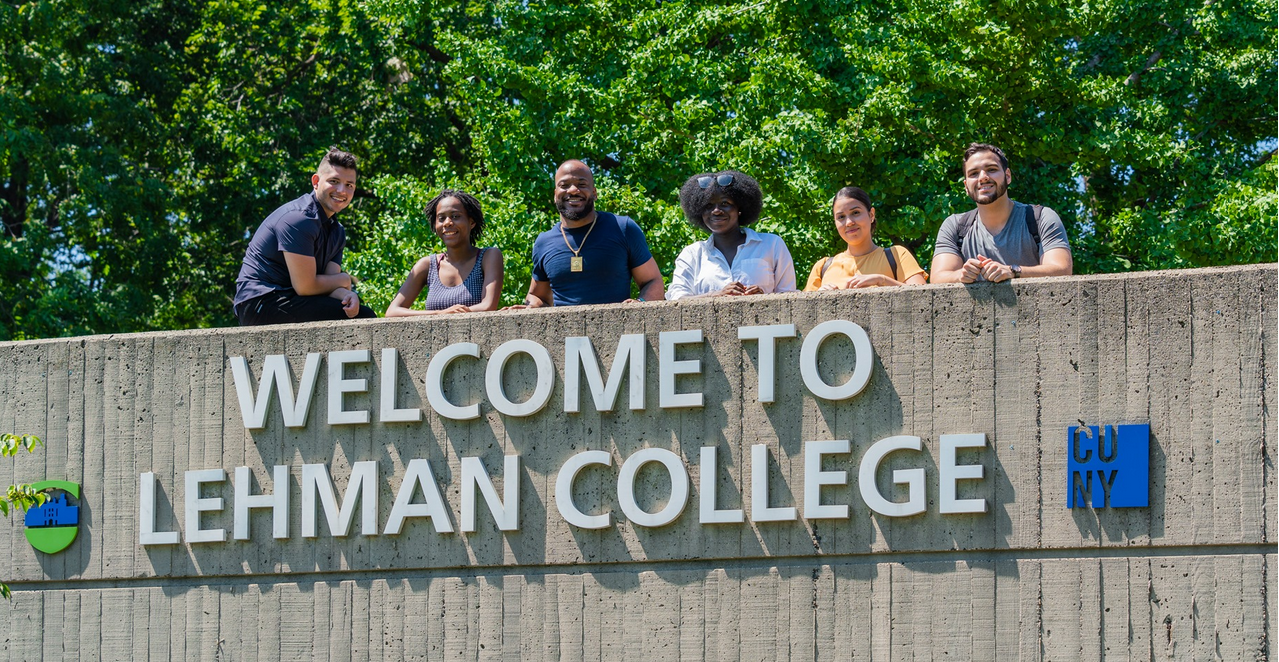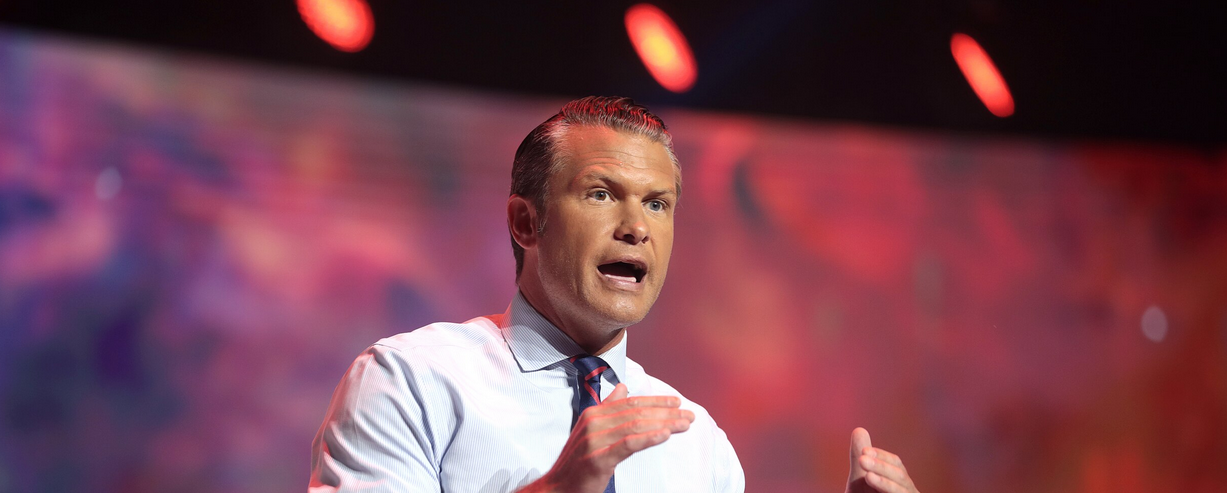[School Reopening\Childcare]
Limonic: “A September with little in-person school is expected, yet many parents are expected back at the office as early as this month. Choices will need to made – who will stay home and mind the kids? You guessed it – most likely mom.”
Photo: YouTube
SUNY Professor Laura Limonic says New York City school reopening will pose major challenges for mothers.
On July 6th, New York City entered phase 3 of its reopening plan. Restaurants are open for outdoor dining; playgrounds have been legally unbolted and New Yorkers can finally get a mani-pedi. And, more than 300,000 people are expected to return to work. All good news for New Yorkers who have been hard hit emotionally, physically, and financially as a result of the COVID-19 crisis.
Perhaps not such good news for the mothers among us.
On July 8th, Mayor De Blasio announced that schools will only partially re-open in September. This announcement comes as parents face months of summer with no camps and minimal child-care.
My husband recently told me that he is likely expected back in the office in July. I asked him if he was planning on taking the kids to the office with him, in lieu of camp. My retort was partly in jest, not only because it would not be safe nor feasible to bring children into an office in the midst of a global pandemic, but mainly because as an academic I have the job with flexibility. I also have the flexibility to not work, and to mind the kids, as mothers have been doing since time immemorial.
In 2020, I should be empowered enough to value my labor as much as my husband’s. Or even better, society should have figured out a way to value the paid as well as unpaid labor that is involved in rearing children. But if this were the case, childcare would be as important for reopening the economy as the availability of tests and face masks.
It is not impossible to open schools, camps, and after-school programs. Germany and Japan have been able to manage it without major outbreaks. Yet in New York City, some schools have told parents that come September, they will operate at 33% capacity. This translates into 1.6 days of school per child per week. Which translates into 1.6 days of childcare per week. Which for me, translates into a lot more new math, advanced slime making, and accelerated charades. And very little time for paid work.
In recent years, women have made strides both on the home front and in the workplace. Men are more likely to share in household tasks than ever before, even if sometimes they believe they do more than they actually do. Women’s wages have risen, but on average, women can expect to earn about 82 cents for every dollar her male counterpart receives.
Among women, mothers fare much worse. In heterosexual two-parent households, mothers tend to do the majority of child-rearing, carry the bulk of the mental load, and are also much more likely to take part-time jobs or even to “opt-out” of the labor force. Faced with the lack of affordable childcare options, many mothers find that staying home is the most financially sensible path to take – at least in the short-term.
The COVID-19 crisis has heightened this inequality. In order for parents to work, parents need childcare. When schools closed in March of this year, the childcare so many parents depend on disappeared. While essential workers faced greater hardship in obtaining necessary childcare, non-essential workers stayed at home doing quadruple-duty. Parents became reading tutors, arts and crafts teachers, zoom technicians, and short-order cooks. On the side, a majority held down full-time jobs.
Mothers bore most of this burden. This was and is not sustainable.
My forays into the dark hole of mommy list-serves show that we, mothers, are not only losing our sanity, but we are also lagging in our capacity to work outside the home. It’s no longer about having it all, it’s about doing it all and we are losing that battle. An endless summer with no camp looms ahead and a September with little in-person school is expected, yet many parents are expected back at the office as early as this month. Choices will need to made – who will stay home and mind the kids?
You guessed it – most likely mom. Mom, because she is more flexible, makes less money, already knows the routine. Mom, because she can work part-time while the kids are in virtual theater camp. Or mom can take a pause from working and return when we get a vaccine and schools are in session again.
While it is too soon to know the long-term effect of the crisis on the labor participation of mothers, we can speculate that if it is like the “time off” mothers take when kids are young and childcare is expensive taking a break will have irreparable damage on their careers. Studies of mothers who temporarily leave the workforce show that they are not able to return to the same positions they once held, nor at the same salary level, and even those that do return incur a mother’s wage penalty.
One solution is to expand and pass the Childcare for Economic Recovery Act, giving childcare facilities much needed funds to make their spaces safer for children and child care workers during the pandemic. Using federal and state funds to pay childcare workers to supervise school-aged children on the days that they not physically in school would help struggling childcare facilities stay afloat, allow working mothers to return to work, and provide an outlet for children to socialize.
We owe it to mothers to make childcare a priority in reopening plans, because if we don’t, we can expect thousands of mothers to drop out of the workforce. Unless of course, compelling mothers to exit the workforce is actually part of the reopening plan.
Laura Limonic, Ph.D. Assistant Professor, Sociology SUNY – College at Old Westbury







